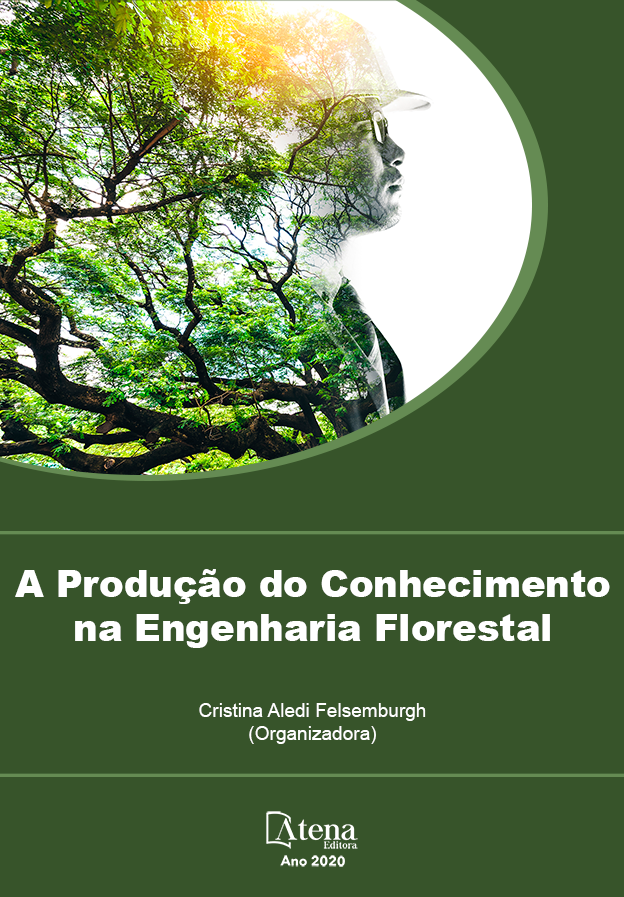
USO DE VEÍCULO AÉREO NÃO TRIPULADO PARA MAPEAMENTO DE ÁREAS EXPERIMENTAIS NO MUNICÍPIO DE RIO LARGO - ALAGOAS
As aeronaves remotamente pilotadas são também conhecidas pela palavra drone, advindo do idioma inglês, cujo significado é "zangão" na tradução literal para a língua portuguesa. O trabalho objetivou a realização de um levantamento aéreo de uma área experimental do Campus de Engenharias e Ciências Agrárias por meio de um VANT, embarcado com uma câmera digital não métrica. O clima da região, pela classificação climática de Köppen, é “As”, ou seja, tropical chuvoso, com verão seco e inverno chuvoso. O Sistema de Veículo Aéreo Não Tripulado (SISVANT) utilizado no estudo foi um quadricóptero Iris+ fabricado pela 3DR, possuindo autonomia de voo de 16-22 minutos sem equipamentos embarcados, caindo para aproximadamente 10-15 minutos embarcando uma câmera digital convencional. Inicialmente, foram realizadas as etapas para a obtenção de imagens, logo após o processamento das imagens pelo software Agisoft PhotoScan® Professional Edition Version 1.0.4, ano de 2016 e por fim análise das imagens e controle de qualidade. Foram obtidas 114 imagens para o recobrimento total da área de estudo, com resolução espacial de 1,86161 cm. Percebe-se com a aplicação e monitoramento de áreas de interesse imageadas via tecnologia VANT, alternativas promissoras na rápida obtenção de dados, permitindo assim avaliações em tempo real das áreas de interesse com resultados consistentes, e de baixo custo.
USO DE VEÍCULO AÉREO NÃO TRIPULADO PARA MAPEAMENTO DE ÁREAS EXPERIMENTAIS NO MUNICÍPIO DE RIO LARGO - ALAGOAS
-
DOI: 10.22533/at.ed.0062026104
-
Palavras-chave: Drone; Geoprocessamento; Ortomosaico.
-
Keywords: Drone; Geoprocessing; Orthomosaic.
-
Abstract:
Remotely piloted aircraft are also known by the word drone, whose meaning is “zangão” in the literal translation into portuguese. The work aimed to carry out an aerial survey of an experimental área of the Engineering and Agricultural Sciences Campus through a UAV, shipped with a non-metric digital câmera. The climate of the region, accorging to the climbing classification of Köppen, is “As”, that is, tropical rainy, with dry summer and rainy winter. The Unmanned Aerial Vehicle System used in the study was na Iris + quadcopter manufactured by 3DR, with a flight range of 16-22 minutes without onboard equipment, dropping for approximately 10-15 minutes on board a conventional digital câmera. Initially, the steps to obtain images were taken, soon after the images were processed by Agisoft PhotoScan® Professional Edition Version 1.0.4 software, year 2016 and finally image analysis and quality control. A total of 114 images were obtained for the total coverage of the study área, with a spatial resolution of 1.86161 cm. It is noticeable with the application and monitoring of areas of interest imagined using UAV technology, promising alternatives in the fast acquisition of data, thus allowing real-time assessments of areas of interest with consistente results, and low cost.
-
Número de páginas: 7
- Gabriel Paes Marangon
- Jhonathan Gomes dos Santos
- Andréa de Vasconcelos Freitas Pinto
- Christopher Horvath Scheibel
- Sthéfany Carolina de Melo Nobre
- Raquel Elvira Cola


